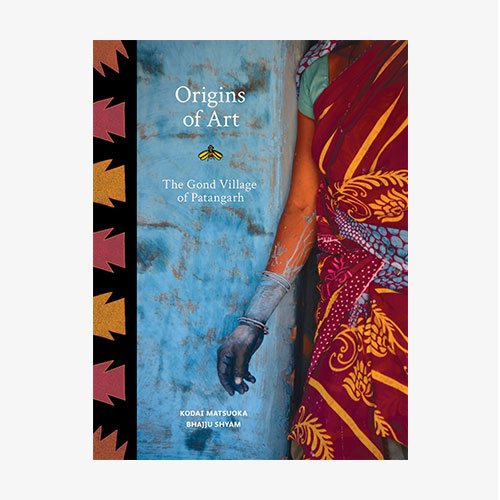The Lost Arts
Can we ever do anything to save the folk performances of yesteryears.

My wife found this book at a bookstore in Pondicherry just before we were scheduled to head back home. I only got around to reading this wonderful book a year later. It is a beautiful blend of artwork and photography with brief comments by the artist and the photographer sprinkled throughout.
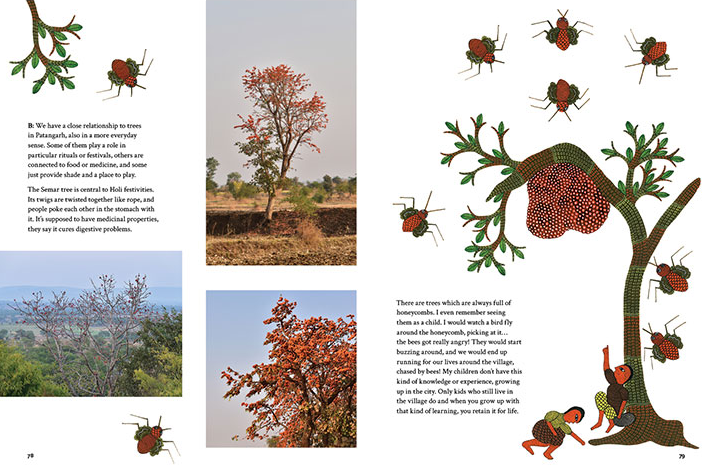
Interestingly while the artist is from the village of Patangarh that the book is set in, the photographer is Japanese. It’s fascinating to think that a village that even I had never heard of before could catch the interest of someone from a culture so far removed from our own.
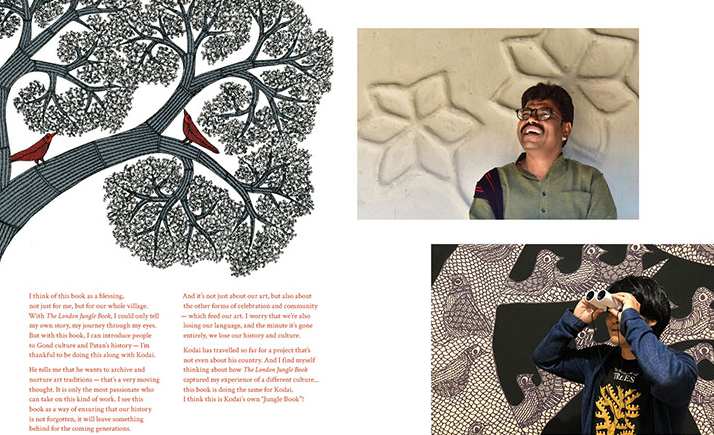
While the book is a wonderful insight into the birth of the artistic style of the village it is also tinged with melancholy. The books don’t cover just visual art but also performance art, something that is waning in popularity. While the ones who perform this art still exist their sustenance is defined by their patrons. When the audience goes away the artists fade away with them.
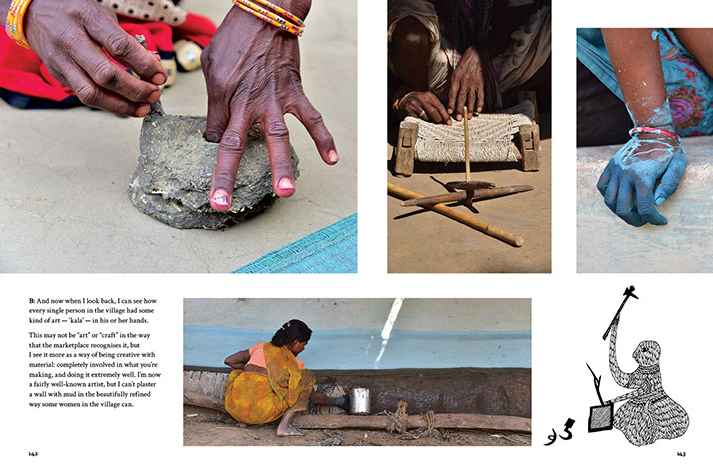
I only comment on this fact. It would be hypocritical of me to claim that we should do something about this. In today’s age of not just movies in the cinemas but streaming services and other short form content we are spoilt for choice in how to spend our leisure time. Given this situation would we ever spend hours and money watching a folk-art performance from a bygone era?
I wouldn’t unless it were part of some novelty experience on a vacation. Anyone reading this I am curious to know. Is there any way to really save these art forms or just chalk them up as another unfortunate victim of the relentless march of progress?
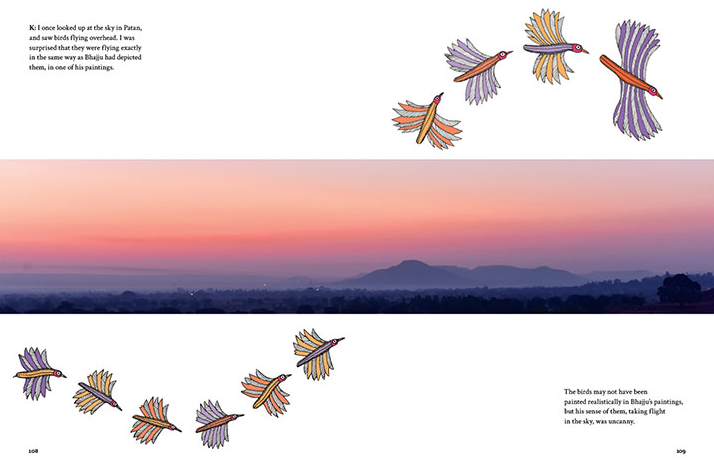
You can buy this book from the link below. The least we can do way to support alternate artistic endeavours.
